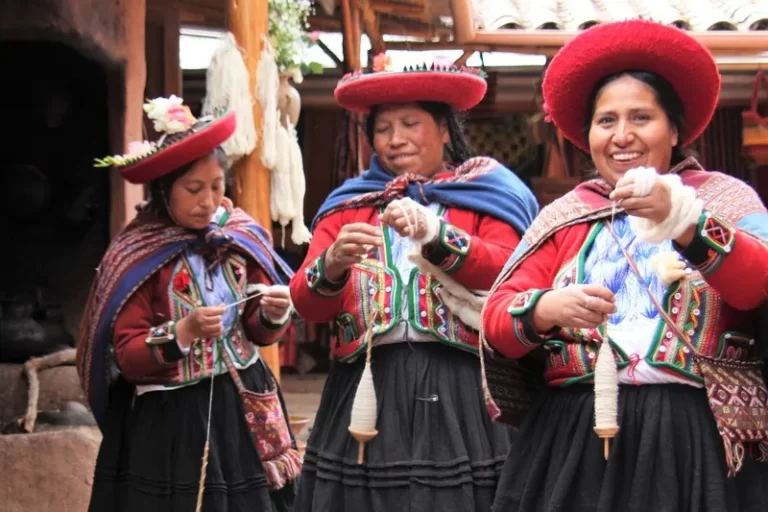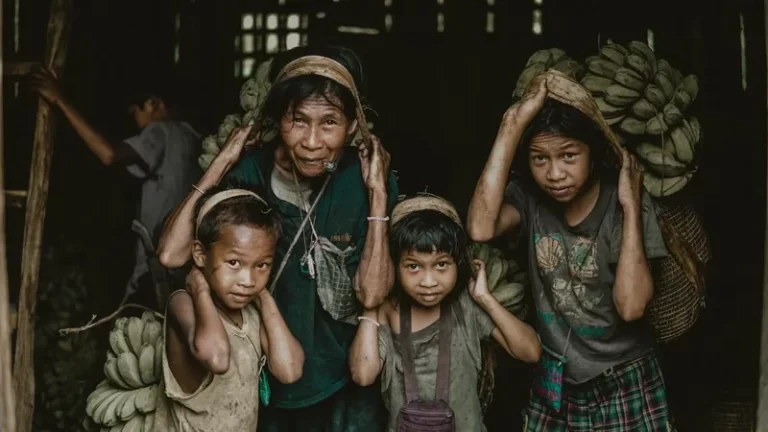Exogamy, derived from the Greek words "exo" (outside) and "gamos" (marriage), refers to the social practice of seeking a spouse outside one's own social group, clan, or community. This practice contrasts with endogamy, which mandates marriage within a specific social group. Exogamy is a significant concept in sociology as it intersects with various social structures and cultural norms, influencing social cohesion, group identity, and societal integration.
Historical Context and Theoretical Foundations
Historically, exogamy has been pivotal in shaping human societies. Anthropologists like Edward Westermarck and Lewis Henry Morgan have extensively documented the prevalence of exogamy in early human communities. Morgan, in his study of kinship systems, observed that exogamy helped to prevent inbreeding and facilitated alliances between different groups, thus fostering social cohesion and expanding social networks.
From a theoretical perspective, structural functionalism provides a robust framework for understanding exogamy. Emile Durkheim and Talcott Parsons posited that social practices, including marriage customs, serve critical functions for societal stability and integration. Exogamy, by necessitating the formation of alliances between different groups, contributes to social solidarity and the creation of more extensive social networks. This practice helps to mitigate conflicts by linking different groups through marital ties, thus promoting social harmony.
Cultural Variations and Social Implications
The practice of exogamy varies widely across cultures and societies. In many traditional societies, exogamy is strictly enforced through social norms and taboos. For instance, the totemic clans of Indigenous Australian societies traditionally practiced exogamy, forbidding marriage within one's own totemic group. Similarly, in many African tribes, exogamous practices are linked to clan and lineage systems, where marrying outside one's clan is essential for











